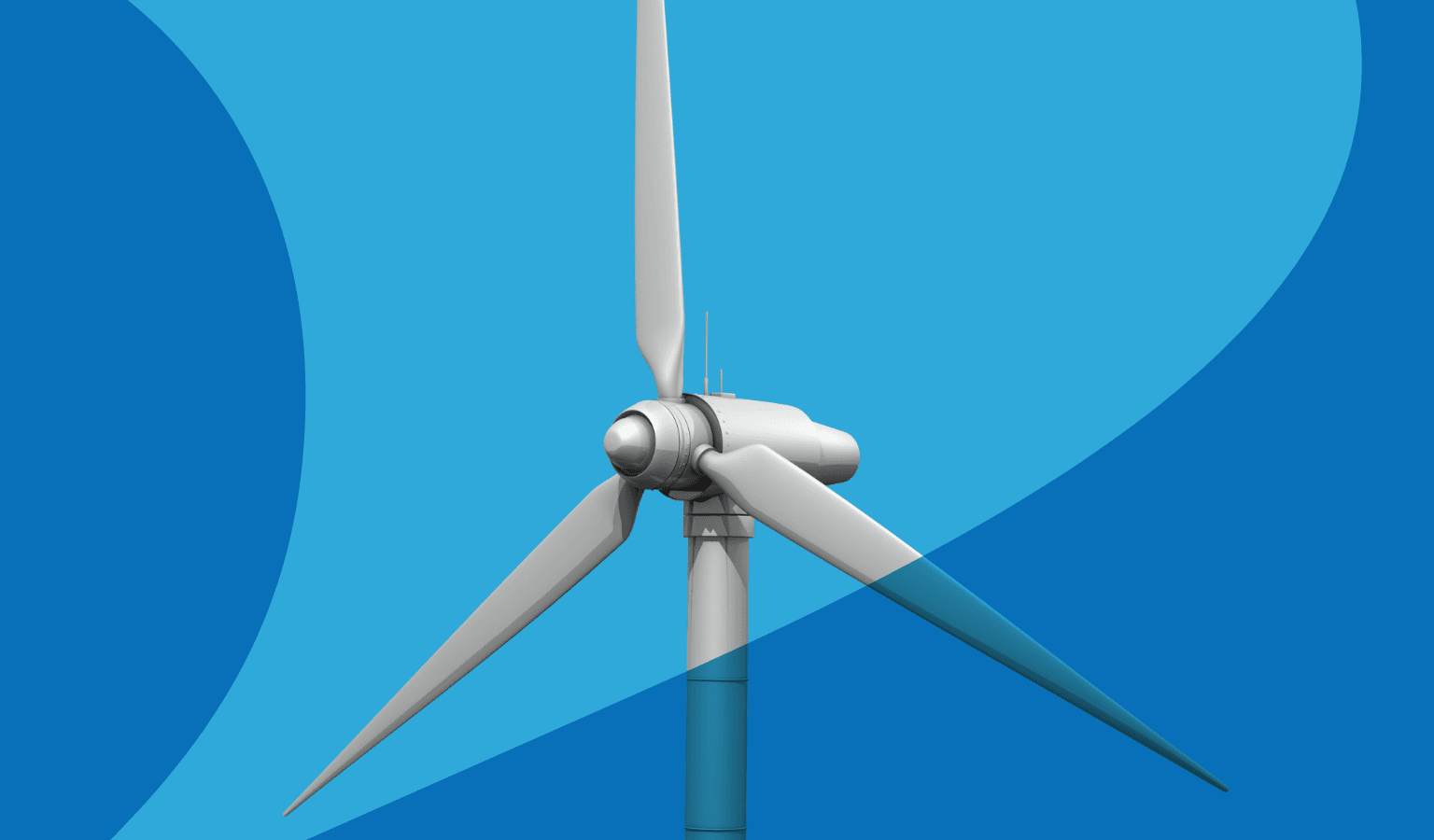Under current law, the Federal Energy Regulatory Commission (FERC) is the agency responsible for issuing licenses for the development of hydroelectric power projects on non-federally-owned lands pursuant to its regulations under Part I of the Federal Power Act (FPA). The Hydropower Regulatory Efficiency Act of 2013 first expands the threshold, from an installed capacity of 5 megawatts (MW) to 10 MW, up to which FERC may, at its discretion, grant an exemption to its licensing requirements under the FPA for small hydropower projects. Second, the legislation establishes a new category of hydropower projects, “qualifying conduit hydropower facilities,” which are defined as facilities that generate electric power using only the hydroelectric potential of non-federally-owned conduits1 and that have an installed capacity of no more than 5 MW. Such qualifying conduit hydropower facilities, after either self-certification or certification by FERC as having met the qualifying criteria, will be exempt from FERC’s licensing requirements under the FPA. Third, the bill expands FERC’s licensing exemption threshold from 15 MW to 40 MW for all hydroelectric facilities utilizing non-federally-owned conduits. Fourth, the legislation provides FERC with the authority to extend the term of a preliminary permit for a hydropower project by an additional two years beyond the three years allowed under current law. Fifth, the bill directs FERC to investigate the feasibility of issuing licenses for hydropower development at nonpowered dams and closed loop pumped storage projects in a two-year period by holding workshops, soliciting public comments, and implementing pilot projects. Finally, the legislation directs the Department of Energy (DOE) to conduct studies on further opportunities for conduit hydropower development and on the potential for pumped storage facilities to support intermittent energy production and reliability. The results of FERC’s investigation and pilot projects and DOE’s studies will be submitted to Congress for review.
The Bureau of Reclamation Small Conduit Hydropower Development and Rural Jobs Act authorizes all Bureau of Reclamation-owned (Bureau) conduit facilities for hydropower development. Specifically, the legislation explicitly authorizes the Bureau to offer “leases of power privilege” to provide non-federal entities with the right to lease Bureau-owned conduit facilities for the generation of hydroelectric power. The Bureau must first offer such a lease to the irrigation district or similar entity that operates or receives water from the relevant conduit before offering the lease to other interested entities. In addition, the legislation excludes small hydropower facilities with a proposed installed capacity of no more than 5 MW from review under the National Environmental Policy Act of 1969 (NEPA). Supporters of the bill had argued that a comprehensive NEPA review was unnecessary and duplicative considering that the hydropower facilities would be installed within existing manmade facilities (i.e., Bureau-owned conduits). Finally, the legislation provides for a single office to lead the Bureau’s small conduit hydropower policy (the Bureau’s Power Resources Office), stipulates that none of the DOE’s four power marketing administrations are obligated to purchase the power generated from such hydropower facilities, and states that hydropower projects developed on Bureau-owned conduits must not impede the delivery and management of water, the primary purpose of those conduits.
The Hydropower Regulatory Efficiency Act of 2013 and the Bureau of Reclamation Small Conduit Hydropower Development and Rural Jobs Act are available here and here, respectively.
1 Both bills define “conduit” as “any tunnel, canal, pipeline, aqueduct, flume, ditch, or similar manmade water conveyance that is operated for the distribution of water for agricultural, municipal, or industrial consumption and not primarily for the generation of electricity.”


